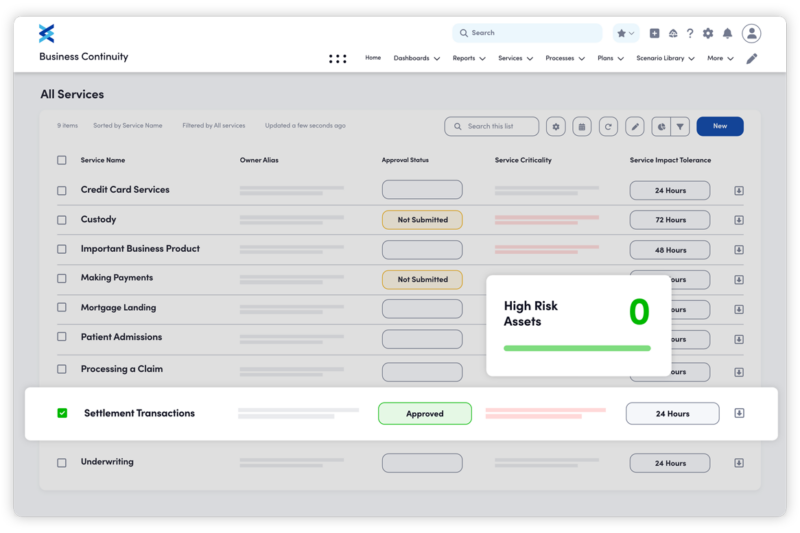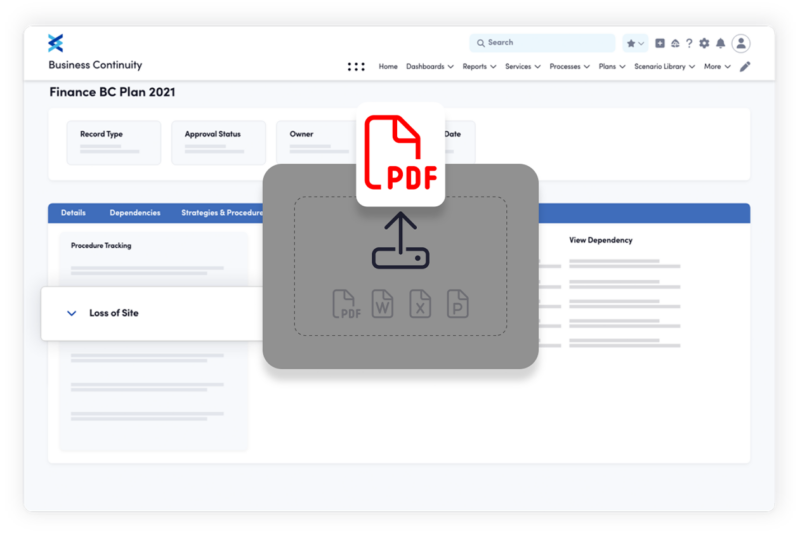Four Ways to Enhance Your BIAs
Learn about the four ways in which you can enhance your BIAs (business impact analyses) and make the process of performing them easier.
Read More

A business impact analysis is a fundamental component of business continuity and operational resilience efforts. As the name implies, it’s a process in which you analyze how much (disruptive) impact your business can tolerate.
Here are the basic steps:

A BIA brings clarity, efficiency, and effectiveness to your business continuity efforts by giving you:
Think of BIA as the accurate map you need in order to move toward your goals of business continuity and operational resilience.

A business impact analysis gives you clarity and efficiency in your business continuity endeavors. Without it, your attempts to plan for disruption will suffer from:

To carry out a BIA, select knowledgeable people from all important areas of your company and have them help you determine:
The final step of a BIA is to document your conclusions—and keep your documentation up to date.
BIAs require the time and attention of many important people throughout your company. To streamline BIA efforts and ensure that analyses remain accurate, many organizations use specialized software.

Fusion is purpose-built to facilitate and strengthen business continuity and resilience efforts—including BIAs.
The platform helps BIA efforts in several ways:
Learn about the four ways in which you can enhance your BIAs (business impact analyses) and make the process of performing them easier.
Read More
It’s never been easier to make your BIAs what they need to be: accurate, informative, strategic, and dynamic. Fusion can get you there.